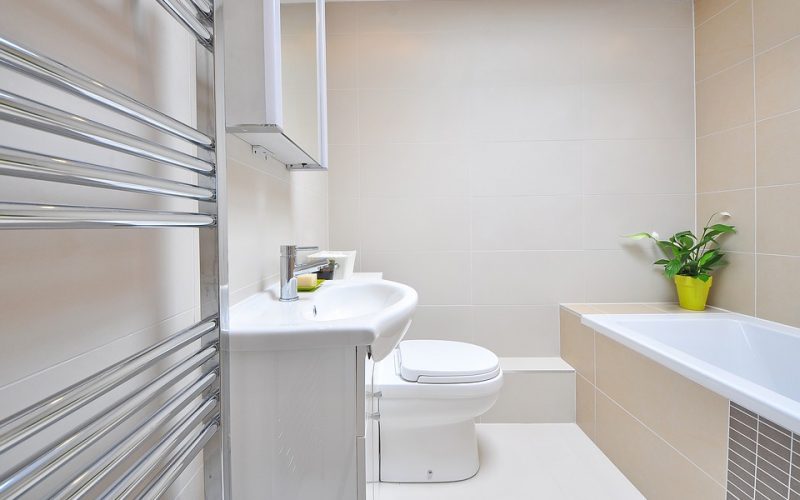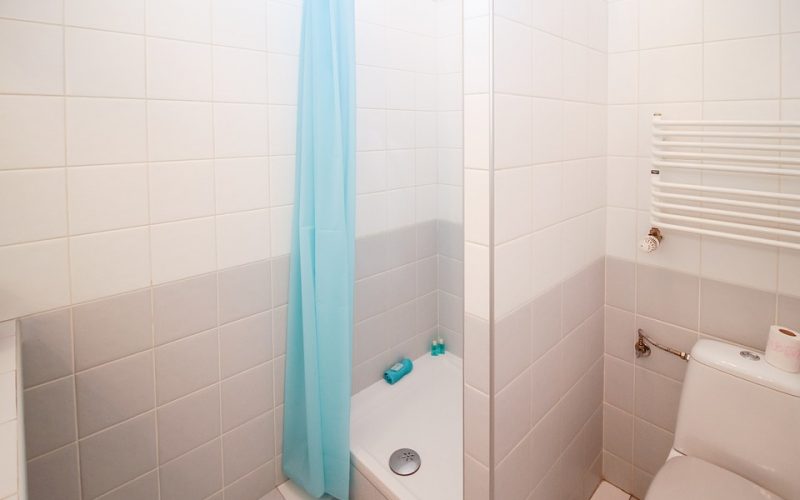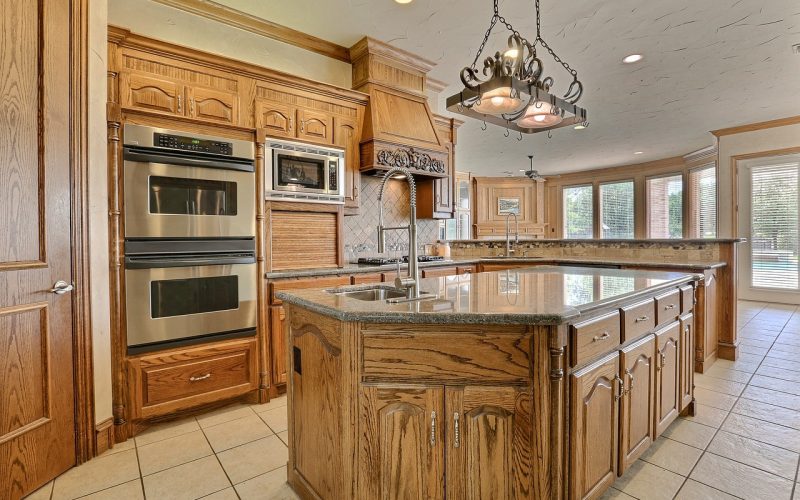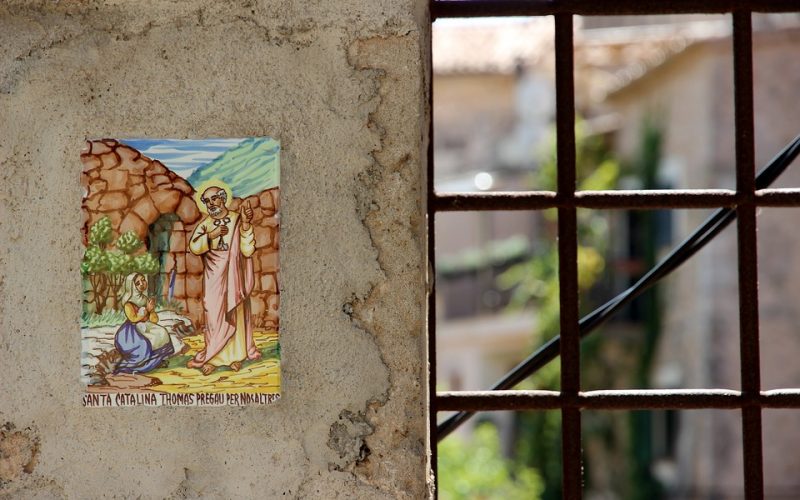Choosing Glazed or Unglazed Ceramic Tiles
When making design choices with ceramic tiles, glazing is an important consideration. There are important differences between glazed tiles and their unglazed counterparts. Each one has its own strengths and weaknesses. Making the correct choice is the difference between tiles that are easy to maintain and wear well, and having tiles that will be a problem until they are replaced.
High traffic areas indoors are the perfect place to have glazed tiles, especially in the kitchen and bathroom. Glazing adds a layer of smoothness and a nonporous surface to each tile. This makes them easy to clean without using specialized products. Almost any household cleaner can be used to mop the surface and remove dirt. Because the glazing is added in a heated process, it also strengthens the tiles. This will add years to the life of the tiles and replacement is not a large consideration.
Outside areas often experience rainy days. Glazed tiles might prove to be a hazard in these areas. Their smoothness, so welcome indoors, is a problem outside. Unglazed tiles that can stand up to the elements are available for outside paving projects. It is important to check the manufacturer’s suggestions on the exact tile to use in any area. Differing weather conditions may affect tile performance and usage. Colorful options are always available in unglazed tiles.
Taking the time to look at the use of a tile makes it a better surface in the long run. Design decisions should always be based on the type of traffic the ceramic tiles will support. Indoor tiles and outdoor tiles will be tested under different conditions. Choosing the correct type of tile to match the needs of the flooring adds to the life of the product. It also adds to the comfort and convenience of those who will care for it in the future.





